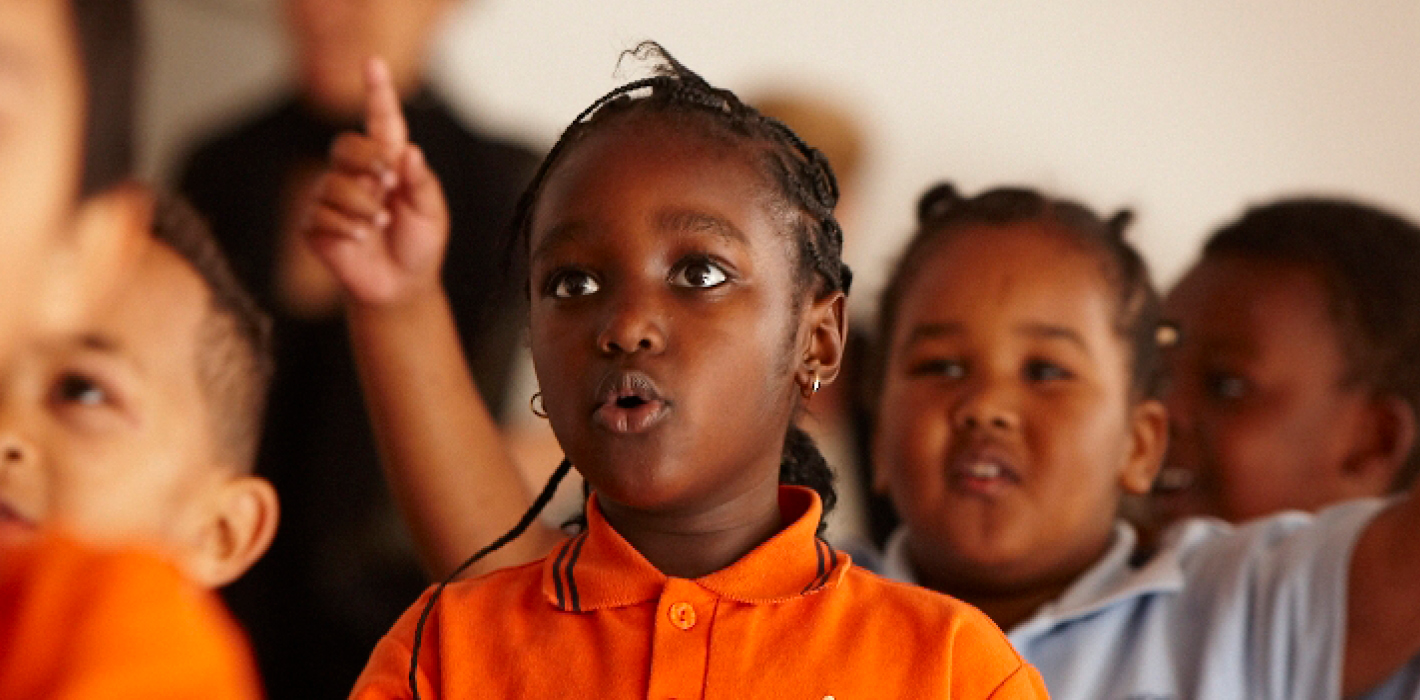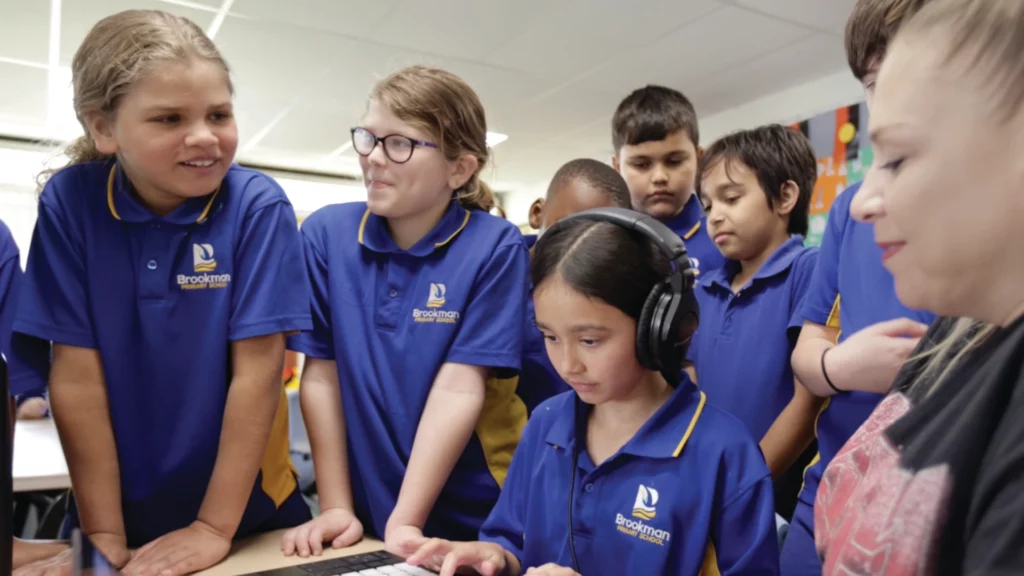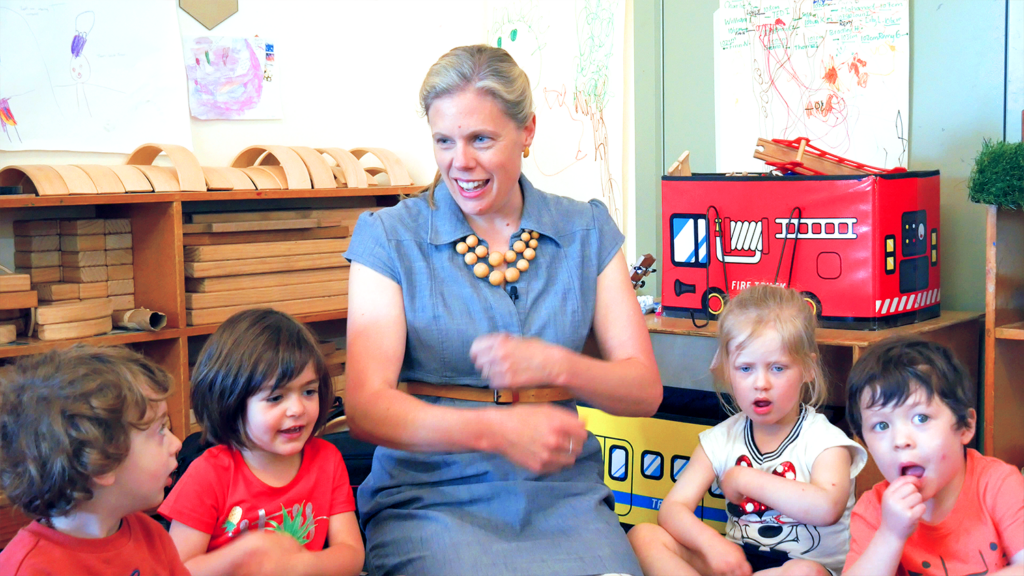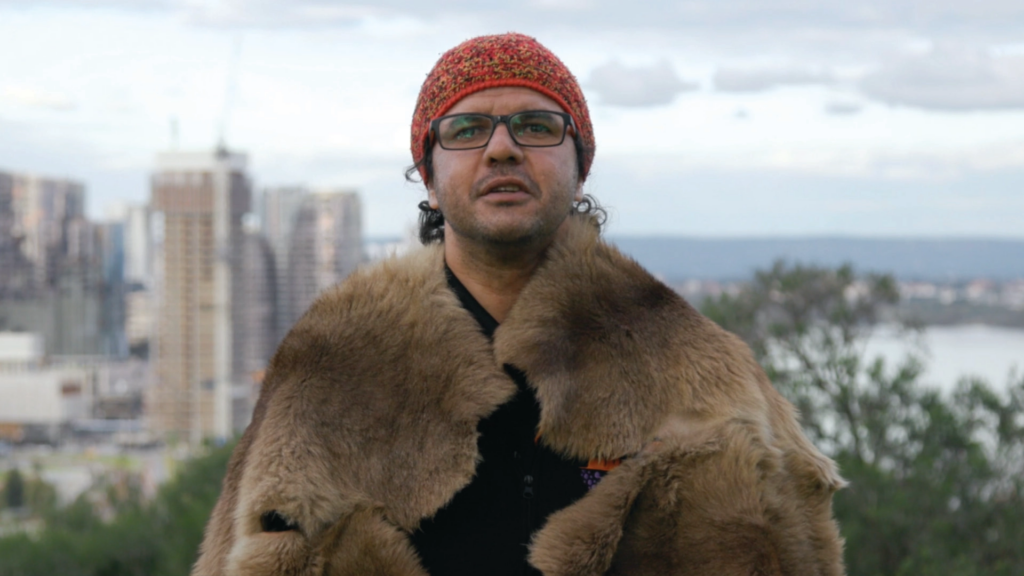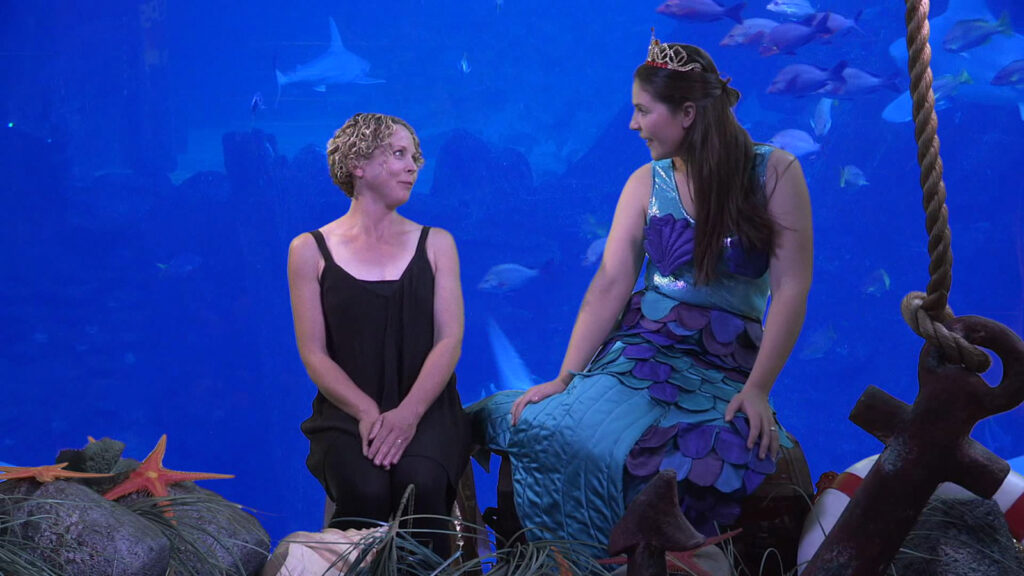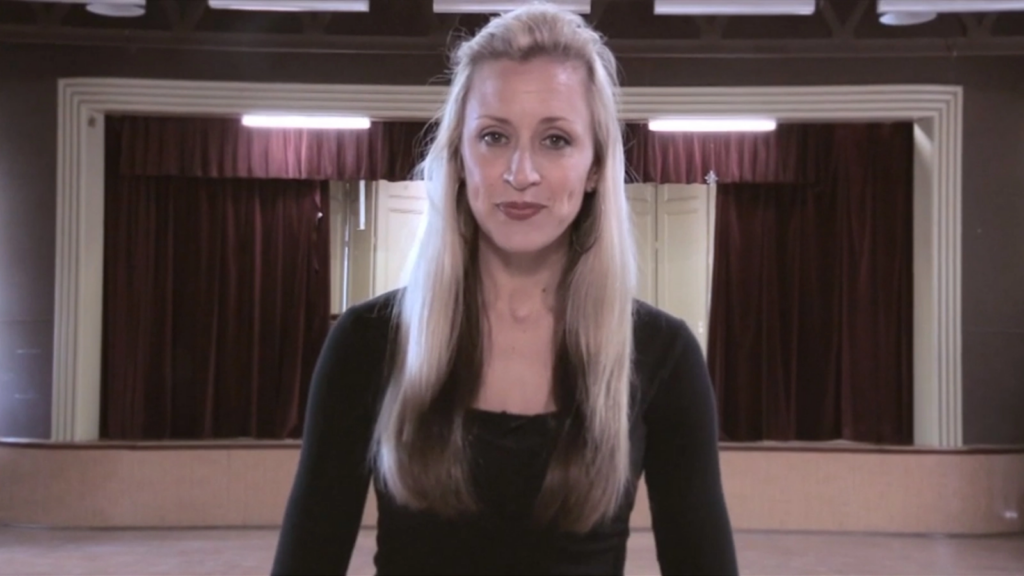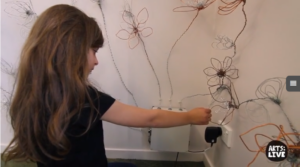Get a lesson a day for a whole week.
Harmony Week gives us the opportunity to celebrate inclusion, respect, culture and belonging. Through arts learning activities on ARTS:LIVE teachers are able to provide students with creative ways to connect, explore and grow as a supportive group. In Term 1, it’s especially important to consolidate connection that will set students up for the year ahead!
Whether you are looking for resources to support Harmony Week, or looking to build a connected community of learners throughout the year, ARTS:LIVE has you covered.
We’ve collated five easy-to-use resources available on ARTS:LIVE, that cover five key themes using a variety of artforms from; Visual Arts, Drama, Music, Dance and Media Arts. Teacher can use them individually, or in sequence. It’s easy to incorporate them into your Harmony Week activities.
Get started!
1. Celebrate Culture and Place

Together We Sing on Noongar Boodja
This resource will help students to reflect on the role music has on communities and culture. They will discover what it entails to write a School Acknowledgement song, and consider the importance and significance of singing in First Nations languages. Students will explore sounds from their own environment before they compose and perform their own Deadly Arts seasonal poems that reflect the place where they were written.
2. Build Relationships

The Wombat Game
The six original musical games in this course will help build group dynamic, social relationships, and create a sense of closeness amongst your class. Teachers are guided in teaching age-appropriate techniques to encourage children to play instruments, improvise and respond to music. Music enhances emotional, social, physical, cognitive and creative learning and development of young children.
3. Develop Curiosity and Respect

Welcome to Whadjuk
Develop with your students a curiosity to learn more about the First Nations Peoples and the land where you are located. Connect with Country through visual art experiences and create a collaborative welcome sign that acknowledges the First Nations languages and people in your community.
4. Create a Sense of Belonging


School of Fish
Students learn what it takes to work together as one. School of Fish is a fun group activity that will has students moving at the same time as each other emphasise improvising, exploring and experimenting. Students communicate ideas through artwork, presenting and performing, and reflecting on their own artworks. Use improvisation to develop dance in groups based on a theme and provides opportunities to reflect on the learning.
5. Cultivate Inclusion

Improvisation Starters
Introduce drama activities to explore General Capabilities and promote healthy group dynamics among the class by assisting students to relate to and respond to each other in positive ways. Due to the playful nature of drama and the different use of language, movement and sound, drama is accessible to, and inclusive of, students who may require additional support or learning needs.
Or, you may want to create a community project with whole school.
Activities for the Community
![]() Media Arts Ages 5 – 16
Media Arts Ages 5 – 16
Going Further – Hive Mind
What is community art and how can it be explored within a school context? By following the lesson sequence, students work collaboratively to research and design their own community engagement project. The course is a dynamic avenue for engaging in cross-curricular exploration of social concepts, real-world integration of digital technologies and the development of key capabilities such as critical and creative thinking, empathy and teamwork.

